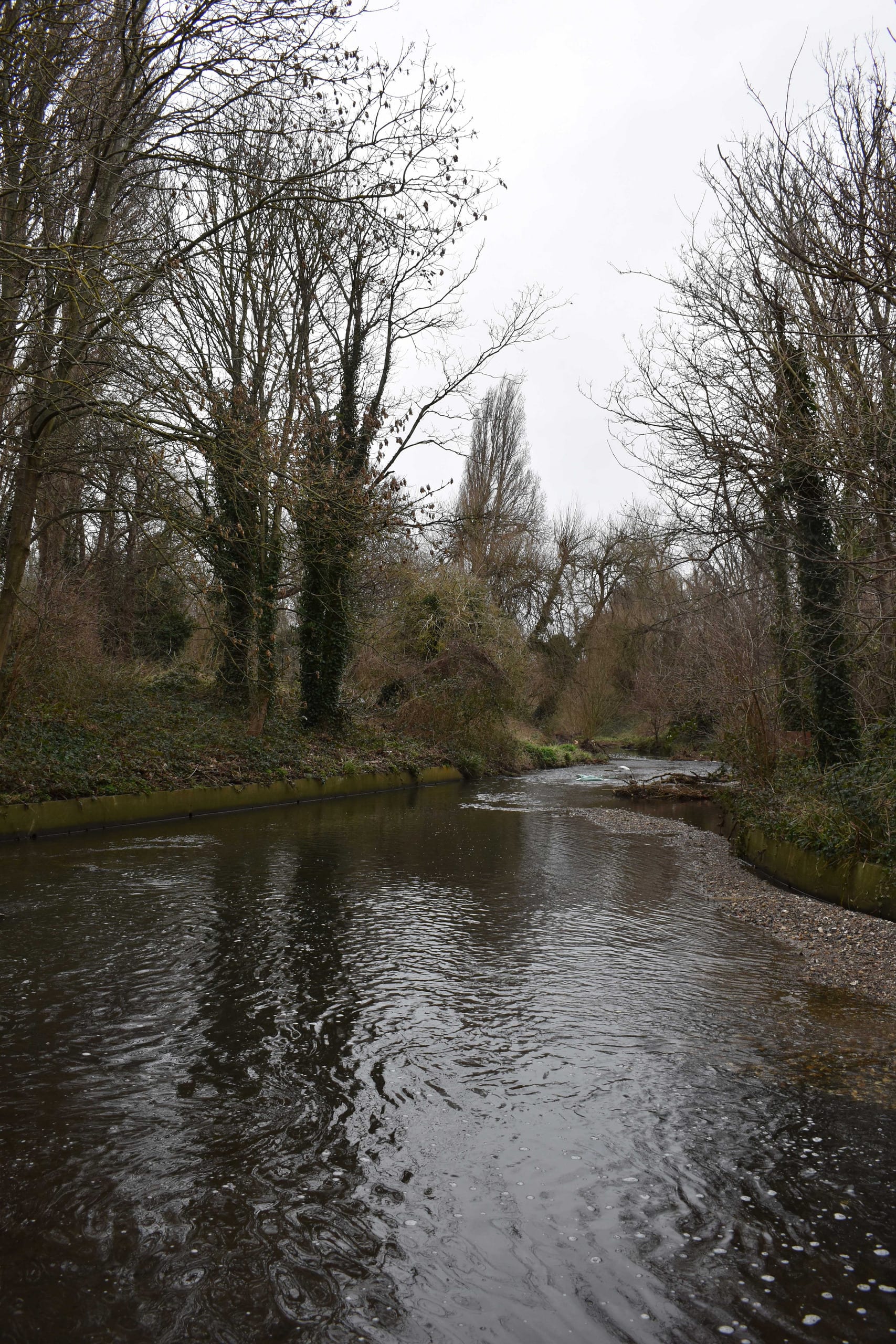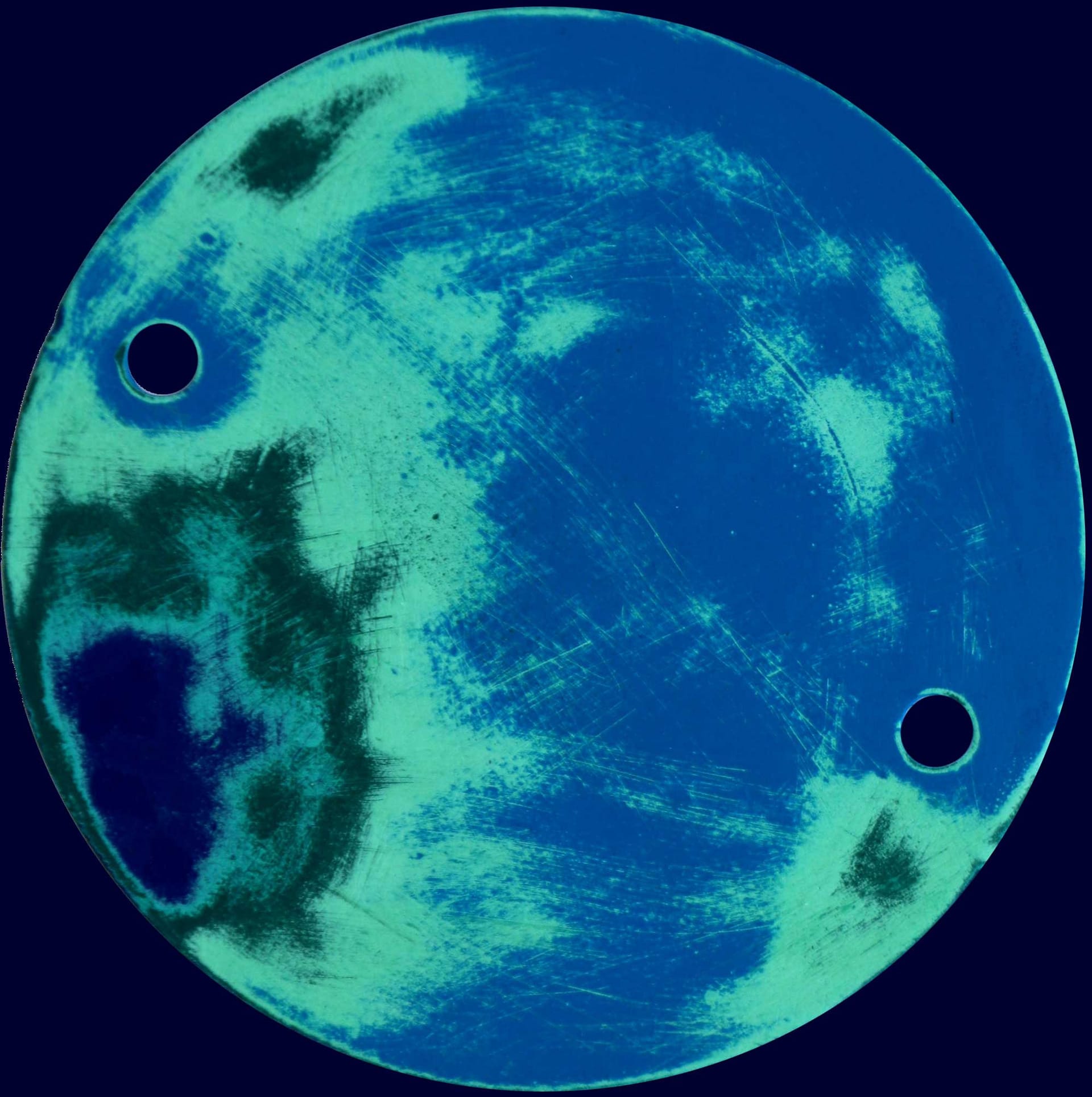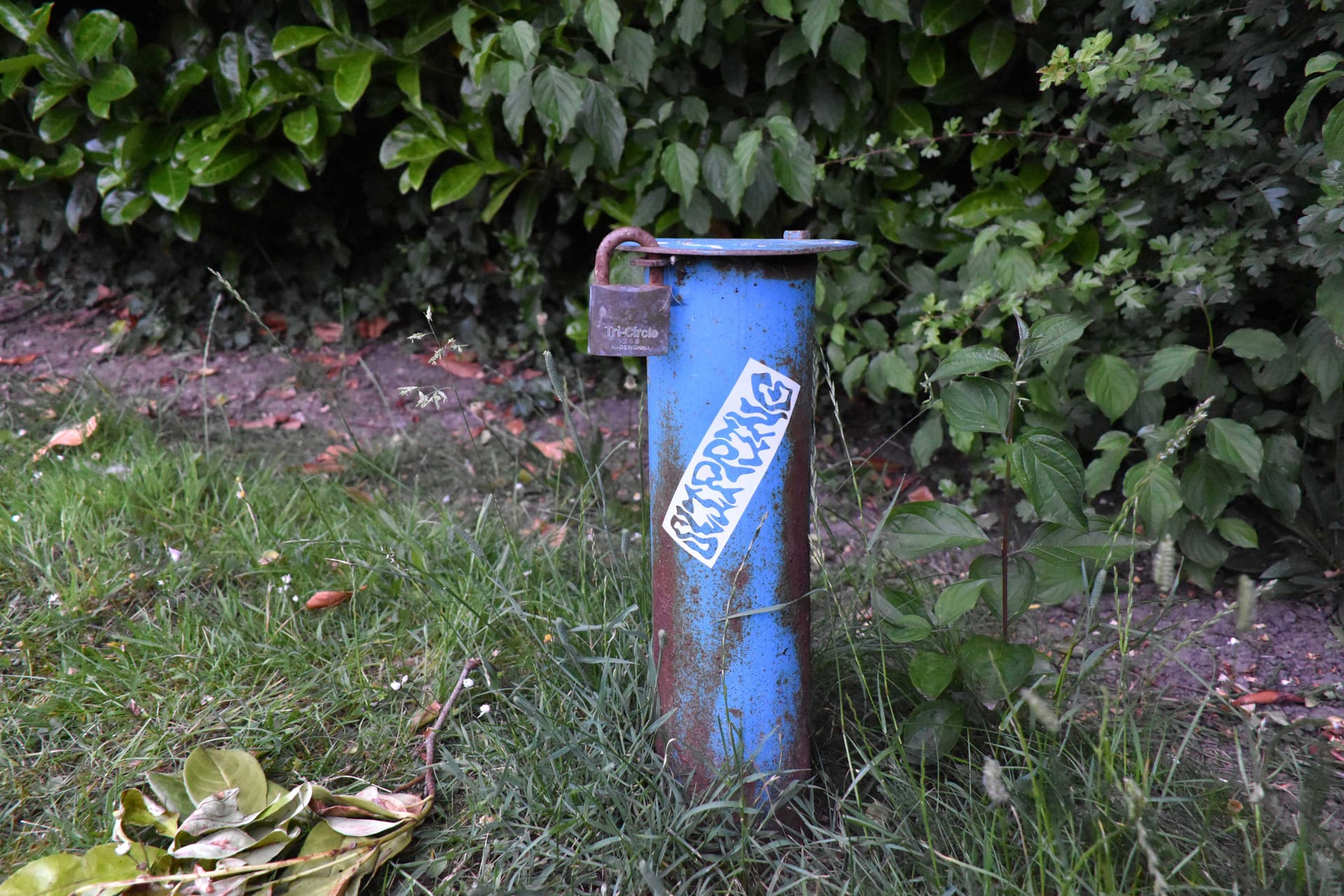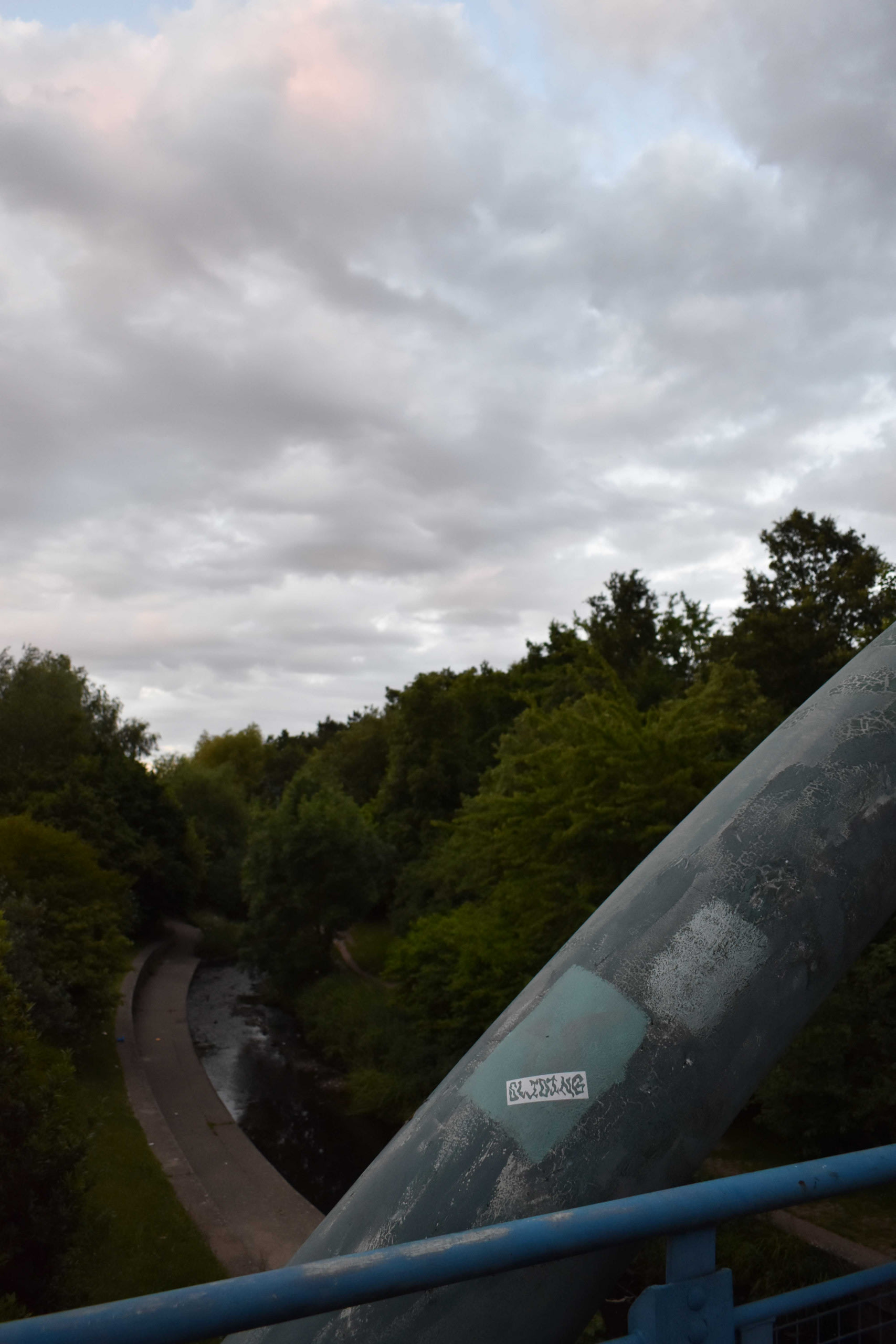I am from Hull, a port city founded in the late 12th century and granted the title Kingston Upon Hull by Edward I who used the area as a supply base. Hull is a small city that doesn’t quite feel like a city but whose landscapes overlooking its estuary and vast mudflats often make it feel like the edge of the earth.
Studying painting at Camberwell College of Arts from 2011 - 2014 I primarily made figurative painting. Towards the end of my BA I realised that it was the materiality of objects that I found compelling. Rather than representing objects on the smooth flat of a canvas, I consequently began to work directly with them.
The animacy of objects interests me. I see objects as actors within a vast interconnected web of vibrant matter. Objects are politically and socially loaded. I interrogate these facets of them in my works. Landscapes likewise drive my practice. Objects and landscapes influence and direct our behaviours as we navigate systems of power and control. In my works I am exploring our deep and meaningful connections to both objects and landscapes.
I currently live in Catford in the borough of Lewisham. My degree show project takes as its starting point the River Pool Linear Park, a landscape which has become familiar to me over the past year.
Every morning I cycle the ten mile journey to Kensington, before cycling ten miles back to Catford in the evening. The relentless process of gentrification which I witness across London is also continually on my mind and consequently informs my ideas and my works.
Walking or cycling through Kensington feels like a peculiar non-reality. Kensington is an American Dream-style suburbia for the super-rich whilst also being an empty lot of endless streets of multi-million pound investments. As I pass through it though, I experience joyful moments of encounter with chipped idiosyncratic fences, swathes of scaffolding net which stretch across sections of the sky and the various creatures of Hyde Park.
Sponsors:
Gilbert Bayes RCA Sculpture Award


















